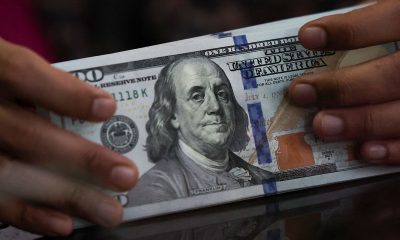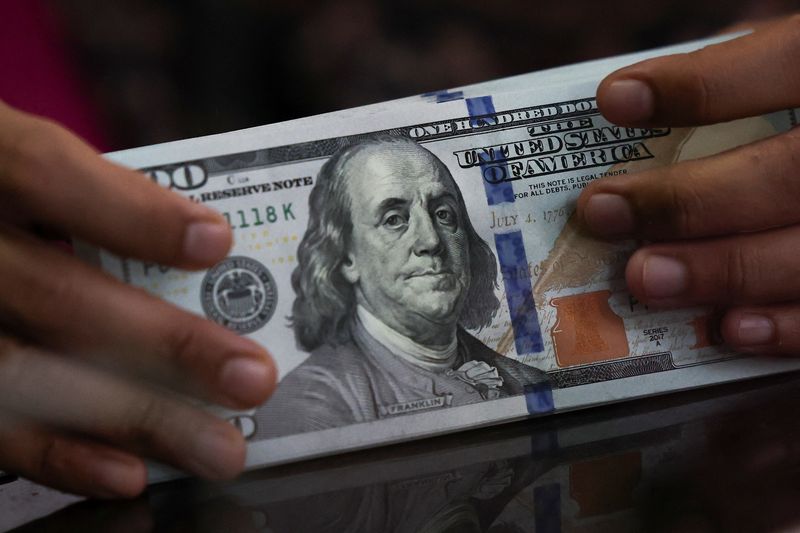Forex
Asia FX rangebound, dollar at 2-mth low amid rate cut watch

Investing.com– Most Asian currencies kept to a tight range on Tuesday, while the dollar hovered near two-month lows as weak economic readings fed expectations of eventual interest rate cuts by the Federal Reserve.
But traders still remained wary of risk-driven Asian markets, with key U.S. labor data, due this week, set to offer more cues on interest rates.
This kept most regional currencies in a tight range. The Japanese yen’s pair rose 0.2% after falling sharply from 157 yen on Monday.
The Chinese yuan’s pair rose 0.1%, staying close to recent six-month highs as sentiment towards China remained weak.
Indian rupee weakens as early vote counting shows narrow Modi victory
The Indian rupee’s pair rose 0.4% on Tuesday, reversing course after the currency firmed sharply in the prior session.
Early vote counting in the closely-watched 2024 general elections indicated that the BJP-led NDA alliance was set for a much less sweeping victory than what exit polls had signaled.
While a win still presents a rare third term for Prime Minister Narendra Modi, a slimmer victory will herald more difficulty for Modi in doling out economic reforms.
Australian dollar falls after batch of weak data
The Australian dollar’s pair fell 0.1% after a swathe of weak economic readings set the stage for an underwhelming gross domestic product print on Wednesday.
Australia fell into a deficit in the first quarter, while to GDP also shrank 0.9% in the quarter.
Both readings indicated that could potentially underwhelm. GDP is expected to have grown 1.2% year-on-year, slowing from the 1.5% growth seen in the prior quarter.
Dollar at 2-mth low, Sept rate cut bets grow
The and both fell 0.1% in Asian trade, extending steep overnight losses. Both indexes were also at their weakest levels since early-April.
The greenback sank on Monday after data showed manufacturing activity contracted for a second straight month in May.
The reading pointed to more cooling in the U.S. economy, and saw traders ratchet up bets that the Federal Reserve .
Key labor data, particularly on , is due this Friday and set to offer more cues on rates. The Fed is also set to meet next week, but is expected to keep rates on hold then.
Among other Asian currencies, The South Korean won’s pair rose 0.3% after data showed in the country eased more than expected in May.
The Singapore dollar’s pair rose 0.1%.

 Forex3 years ago
Forex3 years agoForex Today: the dollar is gaining strength amid gloomy sentiment at the start of the Fed’s week

 Forex3 years ago
Forex3 years agoUnbiased review of Pocket Option broker

 Forex3 years ago
Forex3 years agoDollar to pound sterling exchange rate today: Pound plummeted to its lowest since 1985

 Forex3 years ago
Forex3 years agoHow is the Australian dollar doing today?

 Cryptocurrency3 years ago
Cryptocurrency3 years agoWhat happened in the crypto market – current events today

 World3 years ago
World3 years agoWhy are modern video games an art form?

 Commodities3 years ago
Commodities3 years agoCopper continues to fall in price on expectations of lower demand in China

 Economy3 years ago
Economy3 years agoCrude oil tankers double in price due to EU anti-Russian sanctions
























